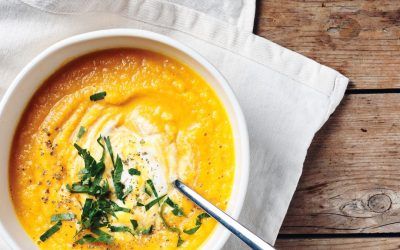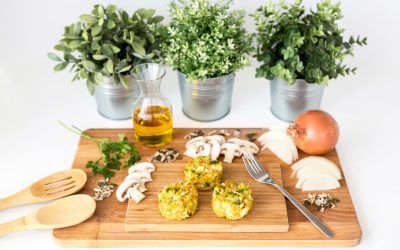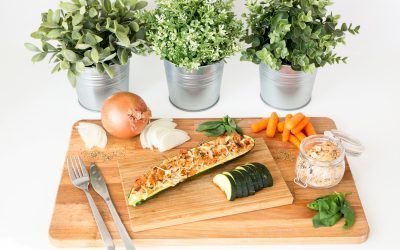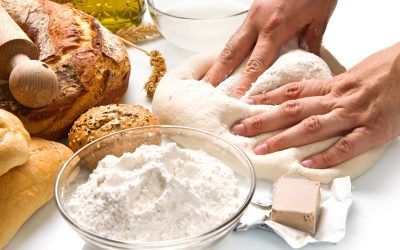We innovate products for sustainable, healthy and tasty food.
Discover our innovative products for sustainable, healthy and tasty food.



Sobre nosotros
Recipes
Discover our tastiest and healthiest recipes.
Online Shop
You can buy all our products in our online shop.
Main projects

ALINFA
“Alimentación para la infancia saludable, accesible y asequible”.
Alimentos Sanygran ha recibido una ayuda al proyecto ALINFA, que está siendo financiado por el Gobierno de Navarra.

ALISSEC
“Diseño de alimentos e ingredientes saludables y sostenibles a partir de la economía circular.”
Alimentos Sanygran ha recibido una ayuda al proyecto ALISSEC que está siendo financiado por el Gobierno de Navarra.

LIKE A PRO
“From niche to mainstream – alternative proteins for everybody and everywhere”
Este proyecto ha sido fundado y financiado por la Unión Europea.
Latest recipes
Vegetable soup with Legumbreta Ultrafina
Vegetable cream with legumes is a comforting option that can be enjoyed at any time of the year. This recipe combines a variety of fresh vegetables with Legumbreta Ultrafina, a versatile and nutritious ingredient that gives a special touch to this delicious cream. With simple ingredients and an easy preparation process, it’s perfect for those looking for a nutritious comfort food, packed with plant-based protein. Read on to find out how to create this vegetable cream with Legumbreta that is sure to become a favourite dish on your table. Let’s cook together!
INGREDIENTS:
- 1 cup Ultrafine Legumbreta
- 2 courgettes
- 1 onion
- 2 leeks
- 2 carrots
- 2 potatoes
- 250 ml. milk2
- 50 ml. water
- 1 chicken stock cube
- 4 small portions of cheese
- 3 tablespoons of olive oil
PREPARATION:
Let’s get down to work! First, wash all the vegetables and cut them into small pieces. Then, heat three tablespoons of oil in a large pan and add the chopped onion and leek. Cook them over a low heat for about 12 minutes but be careful not to let them brown.
When the onions and leek are soft, add the carrots and potatoes. Cook for a further 5 minutes, but don’t forget to stir from time to time!
Now it’s time to add the courgette and season everything with a chicken stock cube. Let everything mix for about 4 more minutes.
When the vegetables are ready, add the milk, water and Ultrafine Legumbreta to the pan. Bring to the boil and then lower the heat a little. Leave to cook on a medium heat for about 15 minutes.
Now comes the fun part! Remove the pan from the heat and add the cheeses. With a blender, puree the whole preparation until it has a smooth, creamy texture.
Finally, serve the cream on plates or in bowls, and to give it an extra touch of flavour, decorate the surface with a drizzle of olive oil. And that’s it! Now you can enjoy this delicious vegetable cream with Legumbreta.
After following all the steps to prepare this delicious vegetable cream with Legumbreta, now it’s time to enjoy it ????.
If you liked this recipe or have experimented with your own variations, we’d love to hear your feedback! Feel free to share your photos on Instagram and tag us @sanygran with the hashtag #recetassanygran – we hope you enjoy every spoonful of this creamy, comforting cream!
Veggie Medallions
Prepare a base of garlic and onion lightly fried in oil. When they start to brown, add the Extra Fine Legumes and stir for 1 minute over a medium flame, pouring in vegetable stock. Cook until the stock has been completely absorbed and then put to one side.
Clean the broccoli: cut off the stem, separate the florets and boil for 5 minutes in a pan of water with a pinch of salt. Then, pour out the water and leave for a few minutes to finish draining.
Finely chop the onion, parsley, cheese and broccoli. Put these ingredients in a bowl and crack in the two eggs. Season with salt and pepper to taste and use a spatula to mix well. Now add the breadcrumbs and mix again.
Grease an oven tray with olive oil spray. Use your hands to make small balls out of the broccoli mixture. The aim is to make them around the size of a ping pong ball, in other words around 4 to 5 cm in diameter. Once you have made each ball, place them on the baking tray. Bake, at 180ºC, for around 30 to 35 minutes.
Stuffed courgette
Cut the courgettes lengthways and cook in boiling water for 5 minutes. Drain and remove the centres (keep to one side), to leave the walls around 1 cm thick.
Bring 750 ml water to the boil and add the Risottino. Leave to soak over a low flame until the water has been fully absorbed. Add half the centre of the courgettes and mix together.
Fill the 4 courgette halves with the mixture, place on an oven tray and top with cheese and parsley. Grill in the oven.
New products
LeguBacon
Delicious and healthy 100% vegetable bacon-style topping. High nutritional value, high in protein and fibre and low in fat. It is very easy to prepare, has no inedible parts and can be stored at room temperature.
Boloñeta
Tasty and healthy 100% vegetable bolognese-style topping. High nutritional value, high in protein and fibre and low in fat. It is very easy to prepare, has no inedible parts and can be stored at room temperature.
Carnevale
Tasty 100% vegetable dish, with absolutely no additives made from legume and cereal flours and delicious dried vegetables. High nutritional value and a high fibre and protein content. Easy to prepare and store with no inedible parts.
Latest news
Mastering texture: Discovering natural food thickener for the food industry
Within the complex range of ingredients used in the food industry, the food thickener stands out as a fundamental tool for improving quality and the culinary experience. As its name suggests, this essential component is used to add consistency, improve texture, and ensure stability to a wide variety of foods. In this article, we will explore what a food thickener is and its crucial role in the food industry.
What is a food thickener and for what is it used?
As the name suggests, a food thickener is a substance used to add consistency and improve the texture and stability of foods. It can be found in various forms, such as powders, gels, or liquids, and is used in a variety of products, for example, to add body-to-liquid preparations, making them thicker and creamier. In addition, thickeners can also help to prevent the separation of ingredients, which is why in the food industry they are used in products such as soups, sauces, desserts, and even baked goods and meat products, such as hams, pâtés, and vegetarian meat analogs.
What is a natural food thickener?
A natural food thickener is a thickener obtained from natural sources, such as plants, seaweed, or seeds. One of the most prominent examples is pea starch, obtained from this versatile and nutritious legume. Pea starch not only acts as an excellent thickener but also provides additional nutritional benefits such as protein and fiber.
How is food thickener used in food?
In business, pea starch is highly valued for its ability to act as a thickener and gelling agent, making it an indispensable ingredient in the production of a wide range of food and industrial products. Some of its main uses in the B2B market are highlighted below:
|
GLUTEN-FREE alternative in the kitchen |
Pea starch has gained popularity as a gluten-free alternative in industrial cooking. Its ability to provide texture and thickness makes it a highly effective substitute for those seeking to meet the demands of gluten-free diets in large-scale food products. |
|
Improving TEXTURE in baked products |
Pea starch is widely used as a food thickener in baked goods. From breads to biscuits, this ingredient contributes to the softness, fluffiness and overall quality, meeting consumers’ exacting standards. |
|
STABILISER in processed foods |
Pea starch plays a crucial role as a stabiliser in large-scale processed food production. Whether in soups, sauces or packaged products, its ability to maintain consistency, improve texture and extend shelf life is invaluable to food companies looking to offer consistent, quality products to their consumers. |
In conclusion, food thickeners are a key pillar in the food industry, ensuring the quality, texture, and stability of a wide range of culinary products. With natural ingredients such as pea starch leading the way towards healthier and more sustainable alternatives, the future of food thickeners looks bright in the culinary world and beyond. Contact us to find out more about this natural ingredient and improve your products in a healthy way for consumers.
From peas to finished products: The journey of raw material
In this journey from raw material to finished product, we will explore the innovative process of dry fractionating vegetable protein extraction.
How is pea protein made?
This process, based on air classification, separates fractions based on their size, shape, density, and physicochemical nature, without the need for chemicals or additives.
- Raw material
- Cleaning
- Dehulling
- Milling and air classification
- Packaging
The raw material undergoes a series of stages, starting with cleaning and dehulling to ensure ingredient purity. Then, through a process of milling and air classification, protein and starch fractions are separated, obtaining concentrates with different percentages of protein and starch. The obtained ingredients form the basis for a wide range of end products.
Advantages of using yellow pea protein as raw material
Using yellow peas as raw material for extracting vegetable protein offers many benefits. These ingredients are rich in fiber, free of genetically modified organisms (GMOs), and have a low glycaemic index, making them a healthy choice for a variety of food applications. Moreover, substituting animal proteins with plant proteins contributes to reducing the carbon and water footprint of the food industry, thus promoting environmental sustainability.
How do we transform vegetable protein?: Dry extrusion vs wet extrusion
High-moisture extrusion
The vegetable concentrates and starches obtained can be used as key ingredients for creating meat or fish analogs, baked goods, pastries, and many other applications. In the case of Alimentos Sanygran, we apply the high moisture extrusion technology (also known as wet extrusion) to transform yellow pea protein along with soy protein, to create vegetable substitutes that share several characteristics with meat, also known as meat analogs.
The manufacturing process with this technology is straightforward: vegetable ingredients are mixed with proteins, water, and additives. Then, the mixture is fed into an extruder that cooks and shapes the product using heat and pressure. After extrusion, it is cooled and cut into desirable pieces. Finally, it can undergo additional processes such as marinating or smoking to enhance flavour and texture.
Dry extrusion
Extrusion drying is a crucial process for transforming plant-based raw materials into fibrous products. It involves combining cereals or legumes such as corn, soybeans, wheat, or peas, and subjecting them to changes in pressure, temperature, and moisture to ensure rapid and uniform cooking. This method, known as texturization, reorients the protein structure to one like that of animals, making it ideal for meat substitutes.
If you found it interesting and you are looking for a plant based ingredient supplier, get in touch with us. We offer starches and vegetable protein concentrates extracted through Dry Fractionning technology, marketed under the Navasan brand. Additionally, as third-party manufacturers, we can also provide finished products crafted using both dry and wet extrusion techniques. Want to learn more? Contact us!
Our participation at Alimentaria 2024: A journey through The Organic Market & Trends and Innoval
Alimentaria 2024 has been an extraordinary event where innovation and creativity have shone in every corner. In this article, we’ll provide more details about our participation and showcase two of the event’s standout spaces where we introduced two of our products: The Organic Market & Trends and Innoval.
Exploring The Organic Market & Trends:
The Organic Market & Trends has been a meeting point for organic lovers, and in this space, we presented our delicious Spinach and Gorgonzola Vistteca. This innovative product, made with fresh and, of course, organic ingredients, managed to capture the attention of visitors. During the tastings scheduled at our stand, event attendees could enjoy its unique flavor and marvel at the variety of plant-based solutions available.
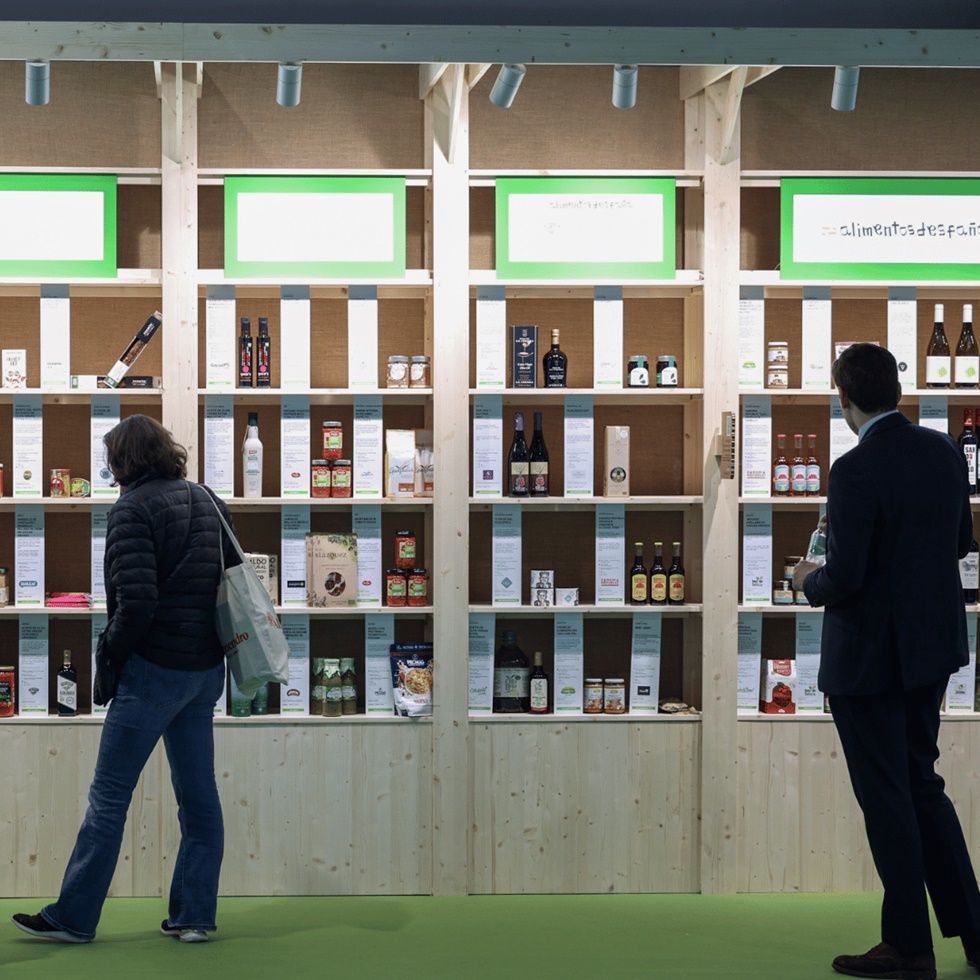
Ilustración 2. Visitors Discover Products at The Organic Market & Trends at Alimentaria. Image: www.alimentaria.com
Our Star Product at Innoval
In Innoval, we presented our revolutionary Bagasse Vegetable chunks with a Beef Flavour, an innovation that blends the best of technology and sustainability. These bites, made from malted barley, offer a delicious and nutritious alternative to traditional beef, without compromising on taste or texture.

Ilustración 3. A Glimpse of Innovation at Innoval: Bagasse Vegetable chunks with Beef Flavor showcased in one of Innoval’s displays.
Thanks to this product, we have been able to demonstrate how innovation can transform natural ingredients into surprising and delicious products. Through innovative processes, we have managed to create a culinary option that satisfies the needs and tastes of the most demanding palates, while promoting sustainability.
Alimentaria 2024 has been a showcase of creativity, innovation, and passion for gastronomy. From our participation in The Organic Market & Trends to our presence in Innoval, we have shared our commitment to quality, sustainability, and the pleasure of good food. We are deeply grateful for the support we have received during the event and take this opportunity to thank everyone who visited our stand and showed interest in Sanygran products. Your enthusiasm and support are the driving force behind our passion for sustainability and innovation in every product we offer. Thank you for being part of this experience at Alimentaria!
